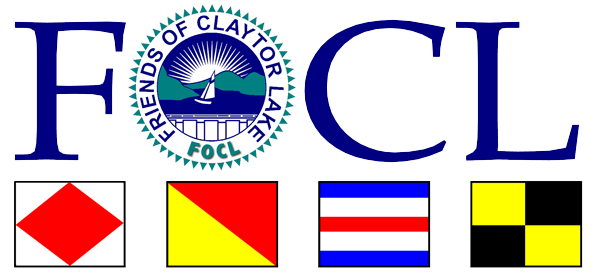
Water Quality
FOCL conducts regular water quality testing monthly from May through August. Testing is in conjunction with the Virginia Tech lab and classroom resources in the Biological Systems Engineering Department and includes testing for the following parameters:
Seechi Depth Readings (m)
DO Meter Readings:
Dissolved Oxygen (mg/L)
Temperature (deg C)
Specific Conductance (uS/Cm)
Total Dissolved Solids (mg/L)
E.coli and Total Coliform (MPN/100 ml)
Total Phosphorus
Total NitrogenChlorophyll-a
If you’d like to be trained and volunteer with water quality sampling, please contact us and let us know!
Test Sites
Water Quality Considerations/Initiatives
There are many ways you can help protect the quality of the water in Claytor Lake, while also considering personal safety.
A few helpful resources are below.
Agriculture cost sharing program and best management practices for fencing off livestock to protect waterways.
CDC reminders and recommendations on safe swimming in oceans, lakes and rivers.
“Germs found in the water and sand (swim area) often come from human or animal feces (poop). One way germs can be carried into swim areas is by heavy rain. Water from heavy rain picks up anything it comes in contact with (for example, poop from where animals live) and can drain into swim areas. These germs can also come from humans or animals pooping in or near the water.
Water contaminated with these germs can make you sick if you swallow it. It can also cause an infection if you get into the water with an open cut or wound (especially from a surgery or piercing).
Taking a few simple steps when you visit oceans, lakes, rivers, and other natural bodies of water can help protect everyone from these germs."


